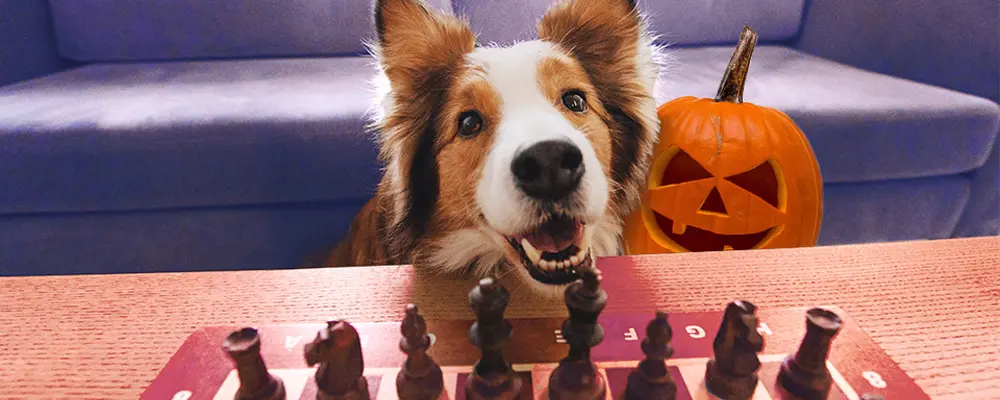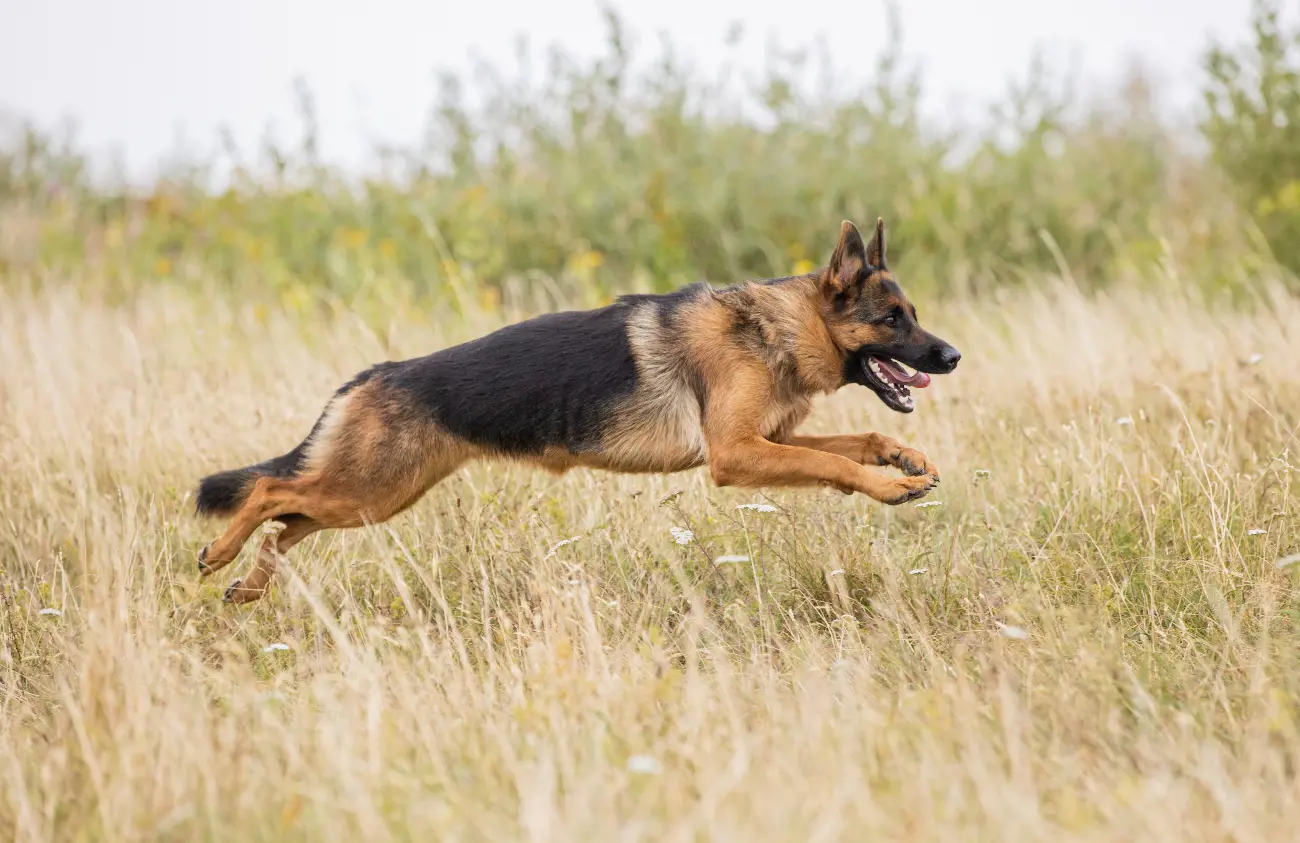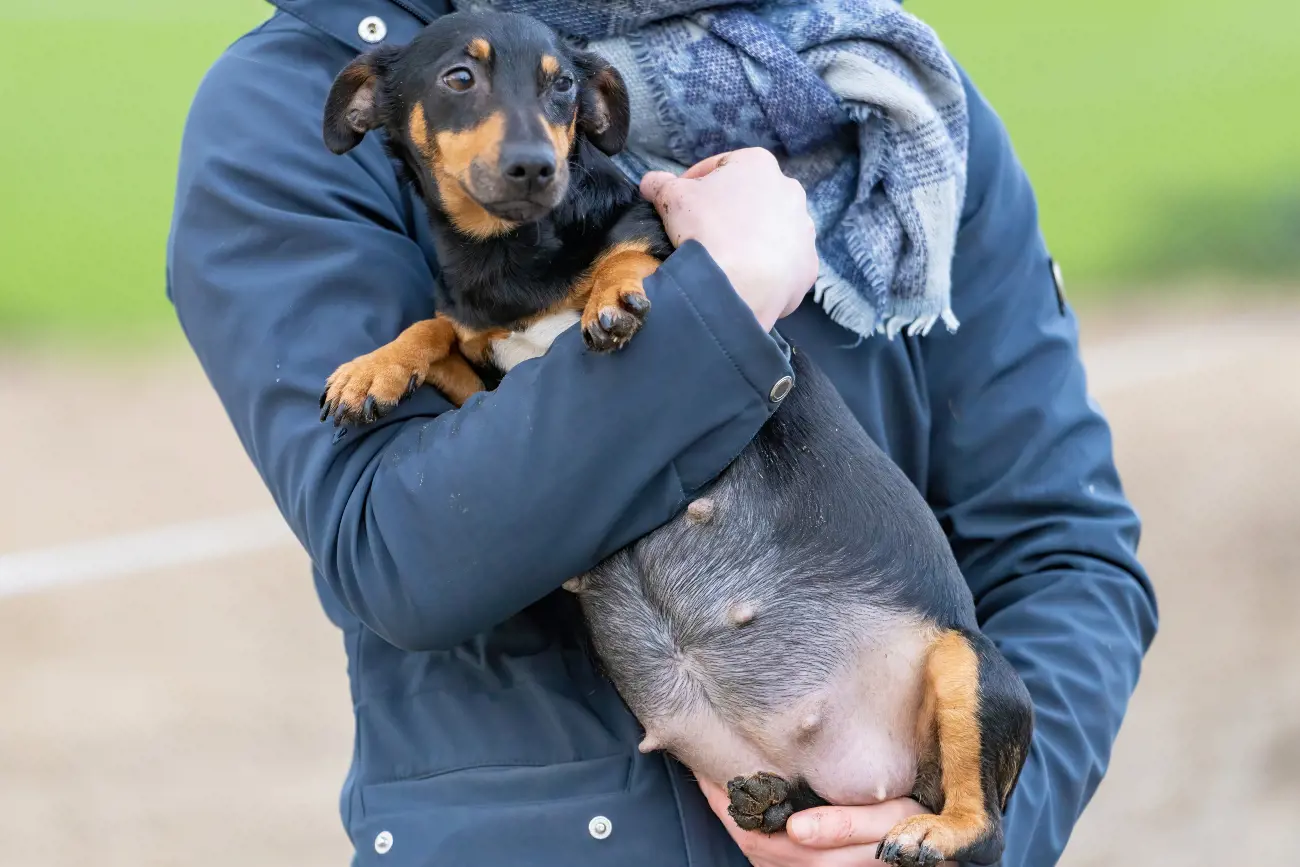Mentally stimulating games for dogs
22nd September, 2023

When people think about caring for a dog, they often think about the pet’s physical needs—such as food, exercise, and grooming. But they might overlook the need for mental stimulation, which is also crucial for a dog’s well-being.
Dogs are pack animals who were originally bred to perform jobs. But now, most of them don’t have a job to do (even if they want one!) and they spend a lot of time alone when their human parents are gone. It’s only natural that they would get bored.
Signs your dog may be experiencing boredom include:
-
Chewing up furniture, pillows, trash, toilet paper, etc., while you’re gone
-
Digging holes in the yard
-
Overexcitement when you come home
-
Persistently begging for attention
-
Acting restless
-
Excessive licking
-
Escaping/running away from home
-
Barking excessively
-
Pacing
-
Chasing their tail
-
Fighting with other pets in your household
Some of these signs can also be associated with separation anxiety or other behaviours or disorders. Talk to your veterinarian to help determine the root cause of your pet’s behaviours.
Enrichment games are a great way to tire your dog out and ensure their needs for social interaction and mental stimulation are met. Here are several forms of canine enrichment you can provide your dog. You don’t need to do all of them in a day, of course! Just find what works out best for you and your dog and switch it up if things start to feel stale.
-
Play Hide and Seek- Play hide and seek with your dog where you temporarily go out of vision and your dog must find you. To train this, your dog will need to be trained to stay even with you out of sight. Ask your dog to sit/stay, then hide somewhere easy and call him using his name and have him come looking for you. Then, when he finds you, praise and give him a treat. Repeat several times.
-
Play the Kibble Toss Game- Why put your dog’s kibble in a bowl only to be eaten in under 10 seconds? Instead, let’s put your dog’s kibble to work. Have your dog approach you, ask them for a sit or a down, and then reward that by tossing a kibble across the room. Repeat several times. Dogs love to chase things, and this adds a visual challenge so that they're ready to look for where the treat lands.
Set Up Treasure Hunts- Hide your dog's kibble around the yard or around the house and have your dog put his nose and eyes to work. To build up some happy anticipation, have your dog hold a sit/stay or down/stay as you hide the kibble around and then release him with an enthusiastic "find it!" cue.
-
Provide Food Puzzles- Nowadays, there are many food puzzles for dogs on the market. Variety is the spice of life! Kong Wobblers, Kong’s, Topples, Licki-mats and Snuffle Mats all share the concept of having dogs "work" to release food. For a longer-lasting treat, soak some kibble in water and then stuff a Kong with it (maybe along with some canned dog food of the same type/ brand) and then freeze it for a couple of hours. Since its contents are frozen, it will take some time for it to thaw and for the dog to get all the goodies extracted.
-
Try Canine Nose work- Canine nose work has been gaining more and more popularity. You can find online kits specifically for the task that will allow your dog to discriminate between different scents. Stay away from essential oils that are not specifically made for dogs as they may be toxic. Use only kits specifically designed for dogs.
-
Provide Toys of Different Textures- Provide your dog with a variety of toys to play with and with different textures. You can try soft toys, crinkly toys, hard toys, etc. Make sure to rotate the toys (by keeping some out of reach and presenting them after a week or so) to keep your dog's interest alive.
-
Take a Scent Walk- Set aside specific walks where you allow your dog to take their time, explore wherever they like to go, and sniff all the smells. Sniffing has been shown to not only decrease a dog’s heart rate (decreasing their stress), but it also releases dopamine, the “happy” brain chemical. These walks are less about the distance or time and more about quality, allowing them to take their time and explore the area they’re in. Some of the best settings for these walks have lots of grass, bushes, and trees.
-
Practice Training- Training is a phenomenal way to mentally stimulate and exhaust your dog. It also teaches them all sorts of new tricks. Dogs like to know the rules of a household, and training not only bonds them with you, but also makes them feel more secure at home.
Even just 5–15 minutes of training exercises a day can be exhausting for your dog. Compare it to whenever you’ve tried to learn something new—it’s using new parts of your brain, which tires you out quickly. But when you do finally get it, you feel incredibly accomplished (thanks to a dopamine release). The same goes for our furry friends.
Helpful Pages
Recent Posts

Why do Pugs lick the air?
02/10/24Pet Insurance Quote
- 98% claims paid *
- Claims paid directly to vets
- 24/7 vet video consultations
- Interest free monthly payments



